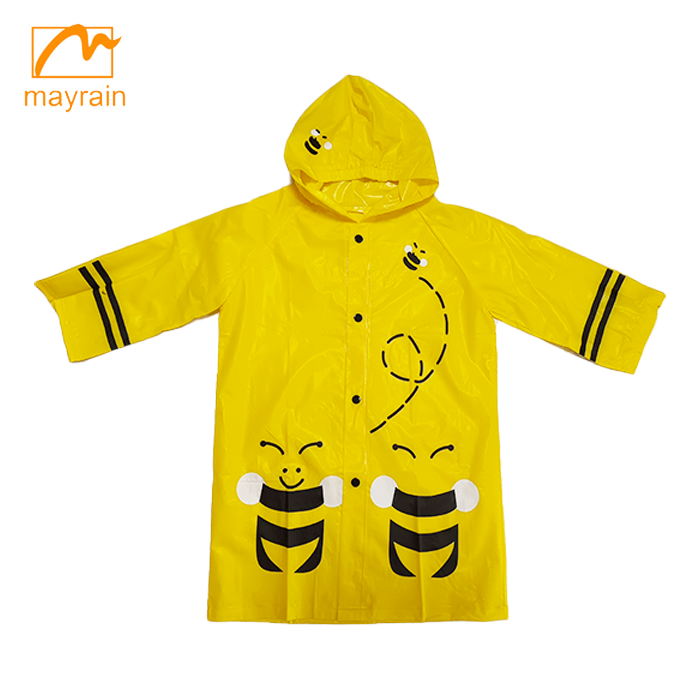 rainwears@163.com may@may-rain.com
rainwears@163.com may@may-rain.com Mon to Friday: 8.00 am - 7.00 pm
Mon to Friday: 8.00 am - 7.00 pm
Eco-Friendly Polyethylene Disposable Gloves for Safe and Convenient Use
The Rise of Polyethylene Disposable Gloves A Practical Choice for Hygiene and Safety
In recent years, the demand for disposable gloves has surged, driven primarily by the growing focus on hygiene and safety in various industries. Among the plethora of options available, polyethylene disposable gloves have become increasingly popular due to their affordability, versatility, and ease of use.
What are Polyethylene Disposable Gloves?
Polyethylene disposable gloves are made from a type of plastic polymer known as polyethylene. These gloves are characterized by their lightweight, flexible nature and are typically produced in different thicknesses to suit various applications. They are designed for single-use and are particularly favored in environments where quick changes of gloves are essential, such as in food service, light cleaning, or general household tasks.
Advantages of Polyethylene Disposable Gloves
One of the most appealing features of polyethylene gloves is their cost-effectiveness. These gloves are generally less expensive than their latex, vinyl, or nitrile counterparts, making them an attractive option for businesses that require large quantities. Their affordability does not compromise their efficacy; they provide a protective barrier against light contaminants and are sufficient for tasks that do not involve exposure to hazardous materials.
Another significant advantage is their ease of use. Polyethylene gloves are easy to put on and take off, minimizing the time needed for transitioning between tasks. This is especially valuable in fast-paced environments, such as restaurants or catering services, where food safety regulations demand frequent glove changes.
Moreover, polyethylene gloves are inherently less likely to cause allergic reactions. Unlike latex gloves, which can trigger latex allergies in some individuals, polyethylene gloves are hypoallergenic, making them a safe choice for everyone involved.
polyethylene disposable gloves

Applications of Polyethylene Disposable Gloves
Polyethylene gloves are widely used across multiple sectors. In the food industry, they serve as a basic barrier between hands and food items, helping to maintain hygiene and prevent cross-contamination. They are perfect for handling ready-to-eat foods, preparing salads, or serving food in buffets and catering setups.
In healthcare settings, while they might not be suitable for tasks requiring high levels of sterile protection (such as surgical procedures), they can be used for non-invasive patient care or cleaning duties. Their role in reducing the spread of germs and maintaining cleanliness cannot be overstated, especially given recent global health concerns.
Additionally, polyethylene disposable gloves are beneficial for household tasks. From cleaning and handling chemicals to gardening, these gloves offer protection to the skin while performing chores, thus promoting safer practices at home.
Environmental Considerations
Despite their numerous advantages, the environmental impact of disposable gloves, including those made from polyethylene, cannot be overlooked. Single-use items contribute to plastic waste, and as concerns about plastic pollution grow, there is a pressing need for balance. Some manufacturers are exploring options for biodegradable or recyclable materials to mitigate this issue, making strides toward sustainability in the production of disposable gloves.
Conclusion
Polyethylene disposable gloves serve as a practical solution for various tasks requiring hygiene and safety. Their affordability, ease of use, and hypoallergenic properties make them a staple in many industries, particularly food service and healthcare. As we continue to navigate the challenges of cleanliness and safety, polyethylene gloves will undoubtedly remain a crucial component in our daily lives. However, it is essential to address the environmental impact associated with their single-use nature, paving the way for more sustainable options in the future.
-
Custom Waterproof Nylon Taslon Rain Jacket with Hood
NewsAug.31,2025
-
Eco-Friendly Long Raincoat: Waterproof & Windproof Rainwear
NewsAug.30,2025
-
PE Rain Poncho | Bulk Disposable, Lightweight & Waterproof for Events
NewsAug.29,2025
-
Pu Long Outdoor Rain Coat Jackets Women - Waterproof & Breathable
NewsAug.28,2025
-
Waterproof TPU Fabric Rain Jacket with Hood for Adult Outdoors
NewsAug.27,2025
-
Waterproof Kid's Rain Jacket: Stay Dry, Play Hard & Comfy
NewsAug.26,2025































